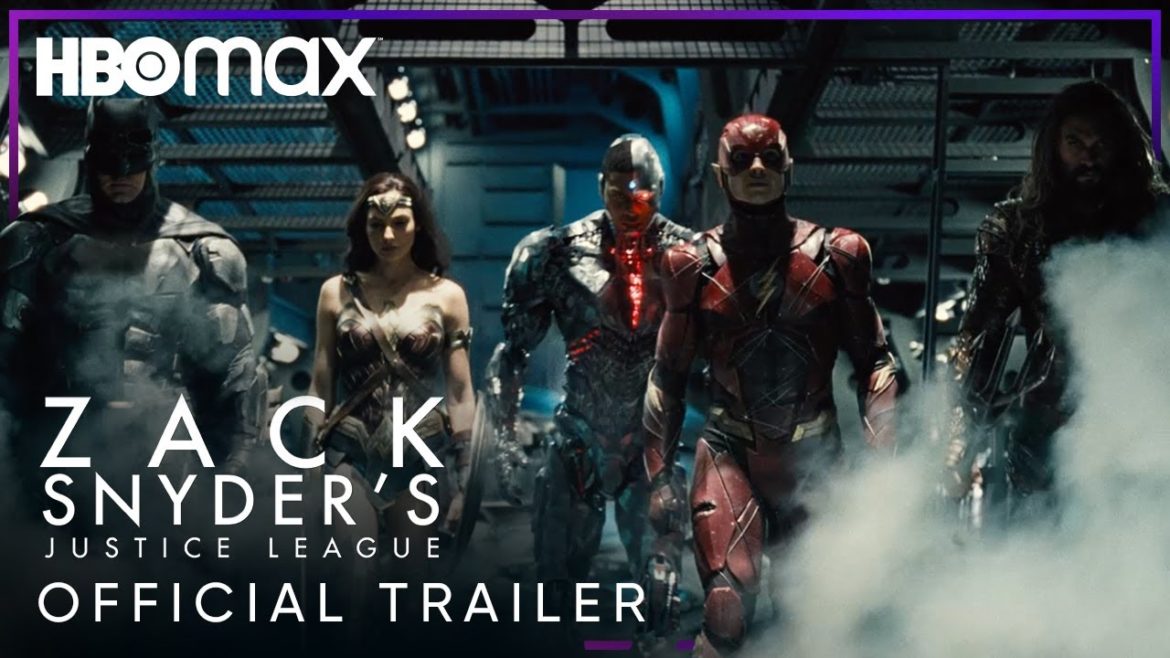TL;DR
Justice League fans rallied for Zack Snyder's original vision, resulting in a $70 million director's cut. This nearly four-hour film, presented in a 4:3 aspect ratio, fixes many issues of the 2017 version. Key improvements include a more cohesive narrative, better character development (especially for Cyborg), improved humor, and a more impactful final battle. While the plot remains simple and the runtime could be tighter, Snyder's cut offers a significantly enhanced experience that fans will likely appreciate. Discover the full story and decide if this epic cut lives up to the hype!
In 2017, Justice League premiered, and it quickly became apparent that it failed to meet expectations. Director Zack Snyder stepped away from the film following a personal tragedy, and Josh Wheadon (Avengers, Firefly) took over to complete the production. The resulting film was a critical disappointment. Consequently, Warner Bros.‘ plans for a cohesive DC Comics universe were largely abandoned. Instead of pursuing a shared world akin to Marvel, the focus shifted back to individual, standalone movies. This led to Robert Pattinson starring in The Batman, replacing Ben Affleck in the role.
Subsequently, fans initiated a campaign to see Zack Snyder’s original vision for Justice League. Under considerable pressure, HBO invested $70 million to produce what became known as the most expensive Director’s Cut ever made. Over 2,000 special effects shots were reworked, and approximately five minutes of new footage was filmed, culminating in the release of Zack Snyder’s Justice League. The film runs for nearly four hours and, in accordance with Snyder’s artistic intentions, is presented in a 4:3 aspect ratio (resulting in black bars on the sides), due to the use of IMAX photography. This format preserves the full image captured, offering additional visual information in height.
The core narrative remains largely consistent with the theatrical release. The world is in mourning after Superman’s death in Batman v Superman, and Batman (Ben Affleck) anticipates new threats to Earth in Superman’s absence. Consequently, he seeks out other metahumans to help defend the planet. His concerns prove justified when the supervillain Darkseid and his lieutenant Steppenwolf begin their search for three ancient artifacts known as Mother Boxes, which, when united, possess the power to devastate the world. The stage is set for a united front against this formidable enemy.
While the fundamental story of Justice League remains unchanged, this version offers a more expansive and detailed presentation. However, the plot itself remains somewhat simplistic. The narrative involving the three Mother Boxes bears a resemblance to the quest for the Infinity Stones in Avengers: Endgame. This story arguably does not require a four-hour runtime. The film would have benefited from a more concise edit, potentially reducing the length by an hour to improve the pacing. At times, Snyder’s unfettered creative control is evident.
Overall, this iteration represents a significant improvement over the 2017 theatrical version. The narrative elements are more cohesive. For example, the jarring and incongruous humor has been replaced with a subtler, drier wit that proves far more effective. Cyborg’s (Ray Fisher) character arc is restored, providing a greater understanding of his motivations and enriching other scenes. A highlight is the sequence featuring Jared Leto’s reimagining of the Joker. This scene hints at the potential that could have been realized with improved direction and execution compared to the poorly received Suicide Squad. The final battle is more logically presented, and the city setting is appropriately deserted. Gone is the implausible Russian family surviving in the midst of total destruction. The Flash (Ezra Miller), whose portrayal was criticized in the theatrical cut, is given more opportunities to shine, and characters from upcoming films are introduced. Steppenwolf’s redesigned armor and revised ending are also notable improvements. Darkseid, who was only alluded to in the theatrical version, is properly introduced.
The future remains uncertain. Given that Zack Snyder was able to realize his original vision, setting up potential sequels, it is hoped that fan enthusiasm will encourage a continuation of the Justice League saga with Ben Affleck, Henry Cavill, and Gal Gadot. This would be a welcome development.
In conclusion, Zack Snyder’s Justice League warrants a recommendation. The film possesses numerous compelling and well-executed elements that outweigh its shortcomings. Had the runtime been more constrained, allowing for a more focused narrative and eliminating pacing issues, it could have been a definitive must-see.

